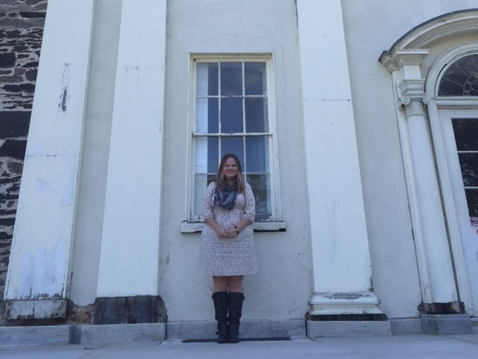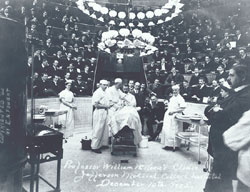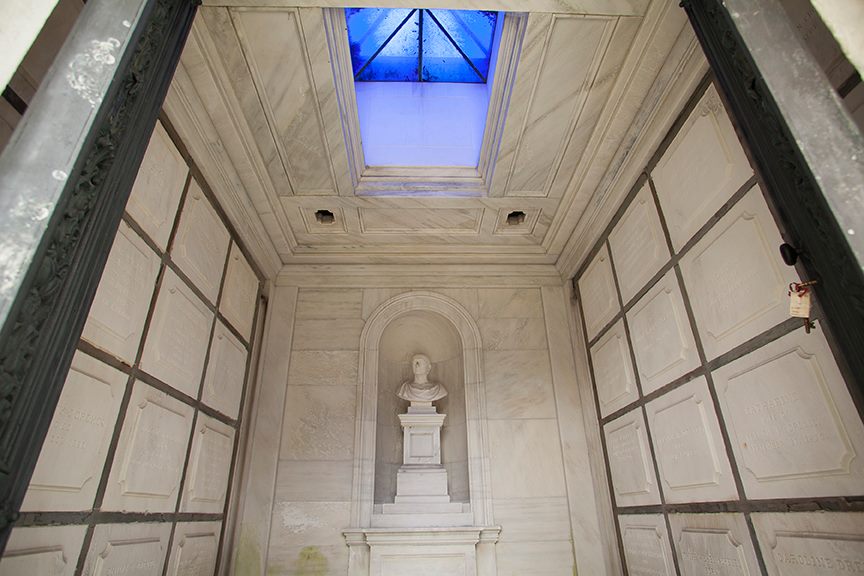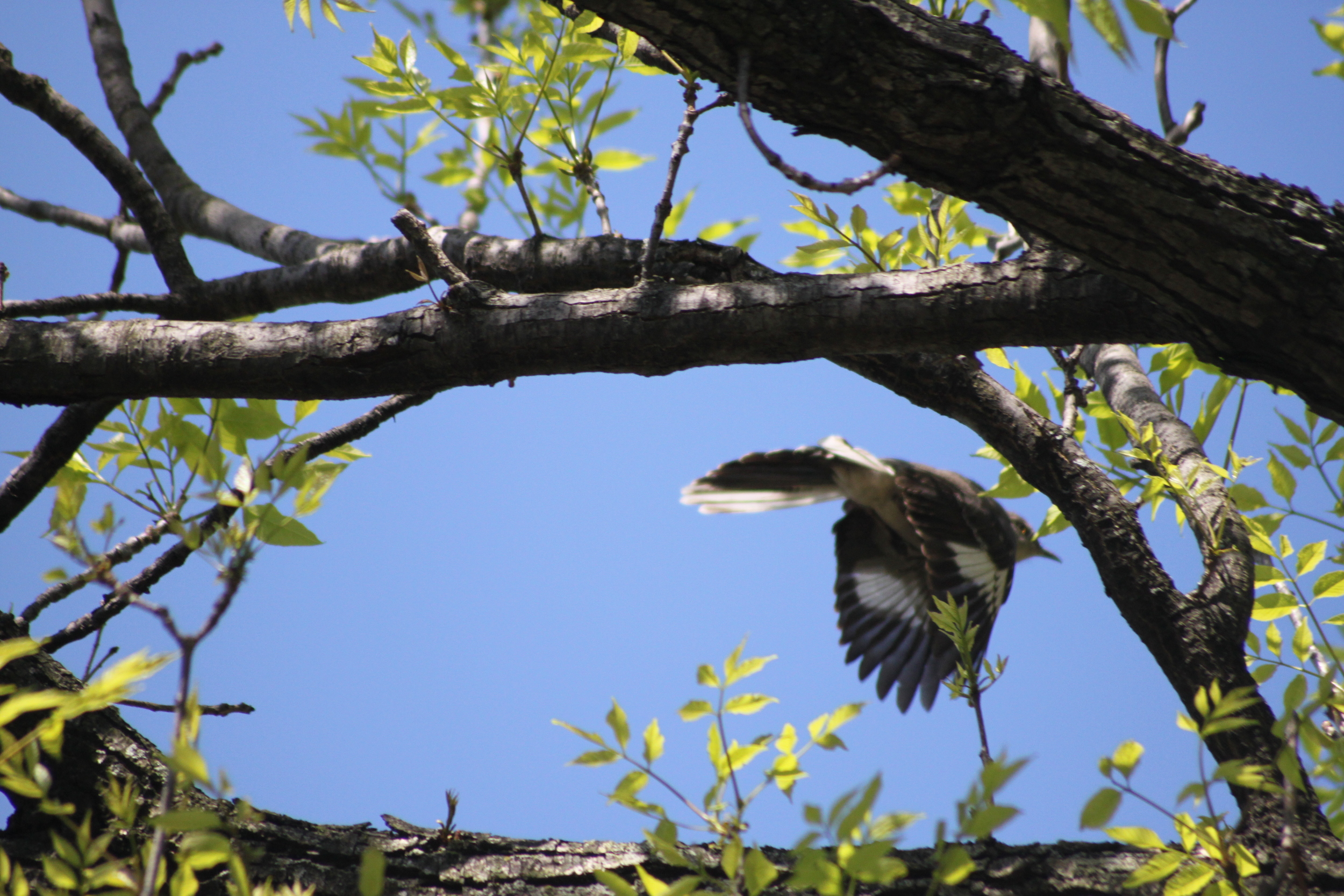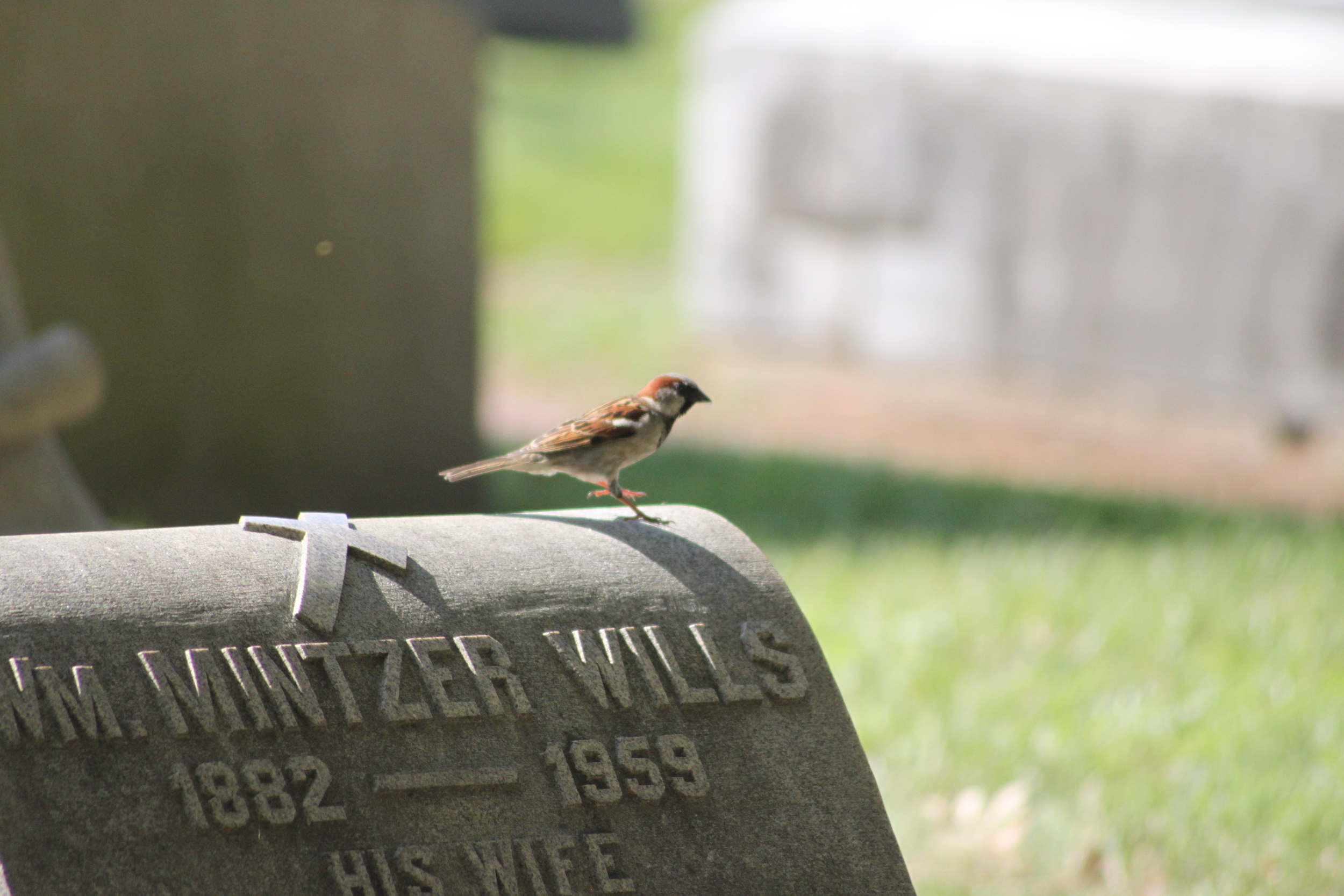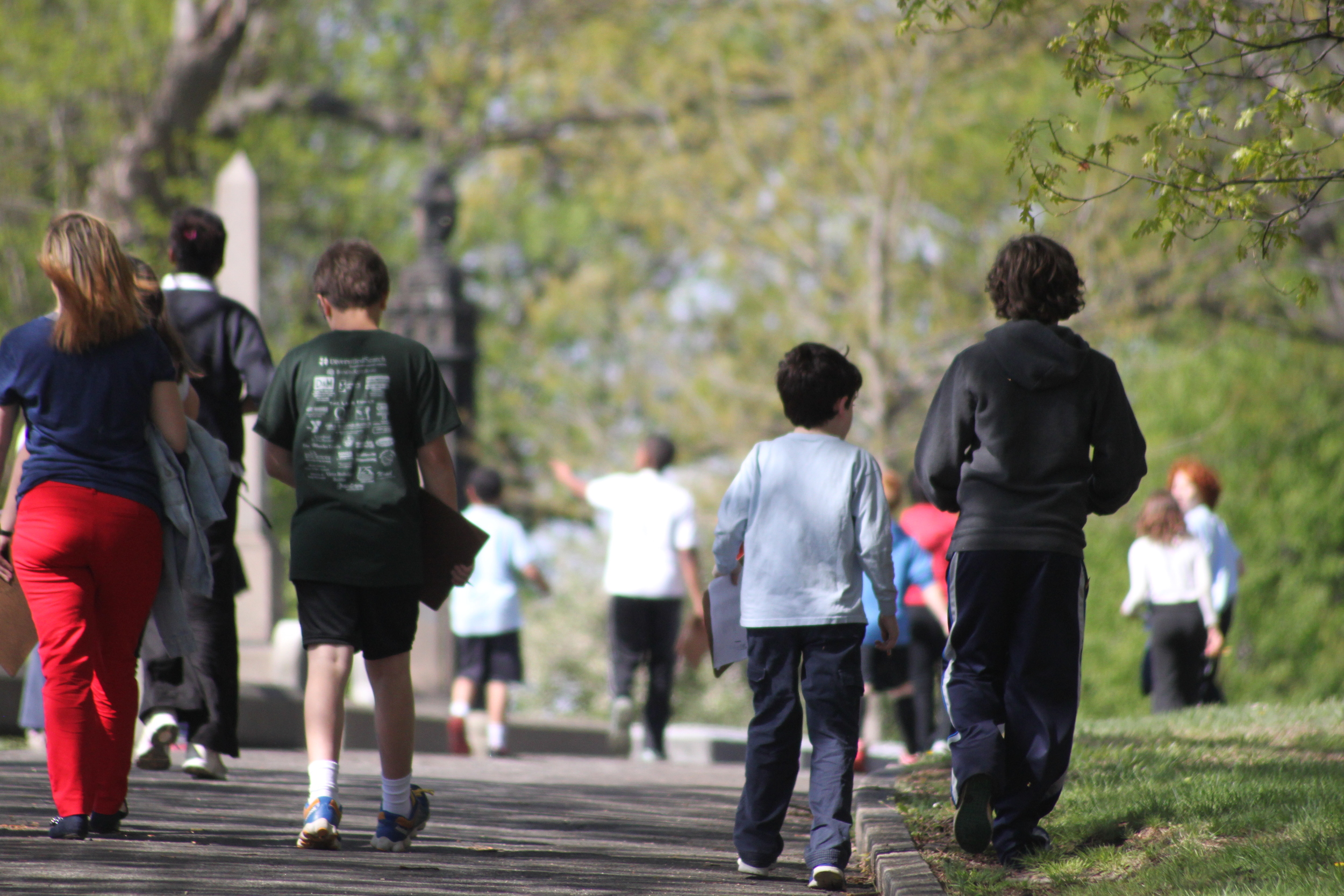My name is Chelse and I am a former culinary arts student who decided to get out of the kitchen and into the archives (it's much cooler). As a graduate student, I have been able to combine my love for history and people with my affinity for food and drink. This past summer I began my journey at The Woodlands, using culinary history, food history, and public history to tell new stories about William Hamilton and his household staff.
Beneath the terrace of the Hamilton mansion spans a brick-covered passageway that servants used to move discretely throughout the house. Providing access to three main areas in the cellar, the Cryptoporticus functioned as a connector from the service spaces beneath the mansion to the stable and kitchen gardens. The tunnel stretched from beneath the terrace, and through the lawn to the stable! Researchers will begin an archaeological project this year to locate the footprint of the subterranean pathway and excavate the site to learn more about Hamilton’s world.
During the current construction project, contractors have carefully removed the bricks from the arch of the tunnel, numbered them accordingly, and reset them. Rehabilitating the structure has led to a number of opportunities for researchers and staff at The Woodlands. The most exciting news so far is the discovery of a secret set of stairs! The steps align with the original 1770 structure, showing us where Hamilton’s servants would have exited the tunnel before the wings we see today were added to both sides of the mansion. The rehabilitated Cryptoporticus helps tell the story about the people who cleaned, cooked, and supported Hamilton’s genteel world.
In an effort to expand our understanding, I embarked on a mission to answer the question: What did William Hamilton eat? Trying to find an answer forced me to consider Hamilton’s relationship with his service staff, who sustained his world from the bottom-up. Uncovering the types of domestic systems that were in place to sustain such a refined household will add another layer to the complex history of Hamilton and the Woodlands, and open a window into studies of race, class, and gender in eighteenth-century Philadelphia, as well as urban history and public history.
The Woodlands Household Accounts, George Smith Collection at The Historical Society of Pennsylvania. (click to enlarge)
To date, there is no record of any dinner menus from The Woodlands, so I began with a collection of Hamilton’s receipts held in the George Smith Collection at the Historical Society of Pennsylvania. Hamilton, like many genteel males of the period, was a meticulous note-taker of payments and purchases. Unfortunately, a large number of household accounts remain uninvestigated at this time, leaving only a faint trail of documents to follow. Speculating about what types of dishes he served his guests based on available sources highlights the influences that shaped Hamilton as an individual. We are lucky because this also conveys the number of historical contexts in which The Woodlands mansion, especially the service spaces and dining room, can be interpreted to the public.
Kislak Center Rare Books and Manuscripts Collection, University of Pennsylvania. (click to enlarge)
Listed on his receipts are individual items and foodstuffs, causing me to wonder what dishes Hamilton’s cook was making with these ingredients. To figure this out, I looked to the University of Pennsylvania’s Kislak Center for Rare Books and Manuscripts, and hit a culinary history goldmine. To be honest, at some points in my research I felt like I was preparing for an eighteenth-century version of Food Network’s “Chopped!” With the help of Dr. Mitch Fraas, the Curator of Special Collections at Penn, I was able to mine through eighteenth-century manuscripts and published cookbooks to learn more about eighteenth-century American and English cuisine. I took the ingredients listed on Hamilton’s receipts and used both textual sources and my imagination to speculate about the types of dishes Hamilton could have been eating and/or serving his guests.
Some common ingredients listed:
currants
raisins
sugar
coffee
tea
flour
bread
limes
lemons
wine
brandy
almonds
cream
Less frequent purchases include:
cheese
artichokes
peas
pineapple
fish
oysters
tongue
anchovies
mustard
olives
pickled walnuts
prunes
rice
ham
rum
So, why is this important? What does it mean that Hamilton ate a lot of raisins, or that he most likely served his guests a lot of punch? A food-history interpretation is a valuable way to share The Woodlands’ dynamic history in local context. Using menus and household receipts to communicate significant messages about The Woodlands’ notable bachelor, emphasizes the relationships between Hamilton and his service staff, genteel guests, and food merchants in the greater Philadelphia area during the eighteenth century. In order to truly understand who Hamilton was, we must first discover what he ate.

